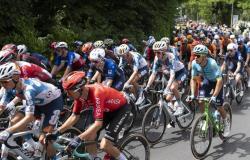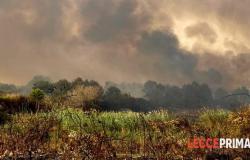Events/Province of Lecce
Is there still room in Salento for the wolf? This is what we have tried to understand in years of research on the presence of this animal, starting from 2014, which then merged into the “Monitoring of the wolf in the province of Lecce” project promoted in 2020 by the Province of Lecce, which also signed a Protocol in agreement with the Park Authorities.
This has allowed coordination of the actions and field activities carried out by the Natural Parks system of the Natura 2000 Network, with the guidance of the wildlife biologist Giacomo Marzano, appointed by the Province, the collaboration of a core of experts and thanks to a widespread network of detectors in the area: detection of signs with inspections, images with camera traps, images and reports from private individuals, reports from ASL, Forestry Corps, Provincial Police, etc. Thus, with few resources, but with significant team work, it was possible to study the return of the wolf to the agro-forestry-pastoral territory of the entire province.
We will talk about all this on Friday 14 June, starting at 5pm, at the Castromediano Museum in Lecce. The event is entitled “The return of the wolf to Salento, 10 years of monitoring. From extinction to return, vocation of the territory, habitat and distribution, ecology and predation. Control strategies: is coexistence possible?”
In fact, a century after its extinction, the wolf has returned to populate the province of Lecce. Portrayed in the mosaic of Piazza Sant’Oronzo in Lecce, in the past it was widespread throughout the provincial territory, until, at the beginning of the 20th century, it was exterminated in Salento, as in much of the Italian territory.
Having become a protected species, it has gradually reconquered its ancient distribution area, returning to populate all of Italy and the province of Lecce. The return of the super predator has caused rejoicing for the extraordinary result in the field of conservation, but has also at the same time rekindled the atavistic conflict with man. The wolf attacks, for food, natural prey, but also domestic, income and affection animals, attracting, rightly or wrongly, the hatred of many.
A century after extinction, therefore, the wolf has returned to a completely changed environmental and socio-cultural context. Is a territory in which naturalness is fragmented and relegated along the coast, with 96 municipalities and a myriad of homes scattered everywhere and connected by a very large road network, still suitable for the wolf? And, above all, is there still room for this animal?
The meeting on Friday 14 June will provide the elements to answer these questions, starting from the results of the study conducted over the last ten years, i.e. since the wolf reappeared.





